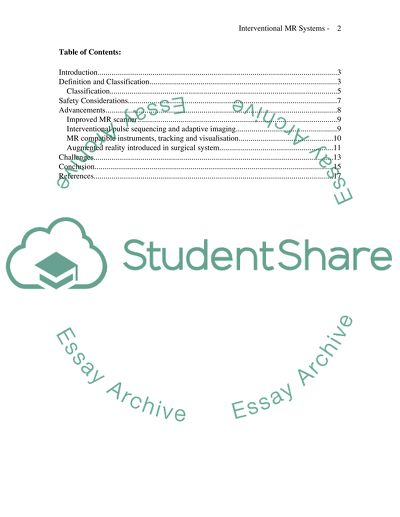Cite this document
(“Interventional MR systems Assignment Example | Topics and Well Written Essays - 2250 words”, n.d.)
Interventional MR systems Assignment Example | Topics and Well Written Essays - 2250 words. Retrieved from https://studentshare.org/physics/1485377-interventional-mr-systems
Interventional MR systems Assignment Example | Topics and Well Written Essays - 2250 words. Retrieved from https://studentshare.org/physics/1485377-interventional-mr-systems
(Interventional MR Systems Assignment Example | Topics and Well Written Essays - 2250 Words)
Interventional MR Systems Assignment Example | Topics and Well Written Essays - 2250 Words. https://studentshare.org/physics/1485377-interventional-mr-systems.
Interventional MR Systems Assignment Example | Topics and Well Written Essays - 2250 Words. https://studentshare.org/physics/1485377-interventional-mr-systems.
“Interventional MR Systems Assignment Example | Topics and Well Written Essays - 2250 Words”, n.d. https://studentshare.org/physics/1485377-interventional-mr-systems.


